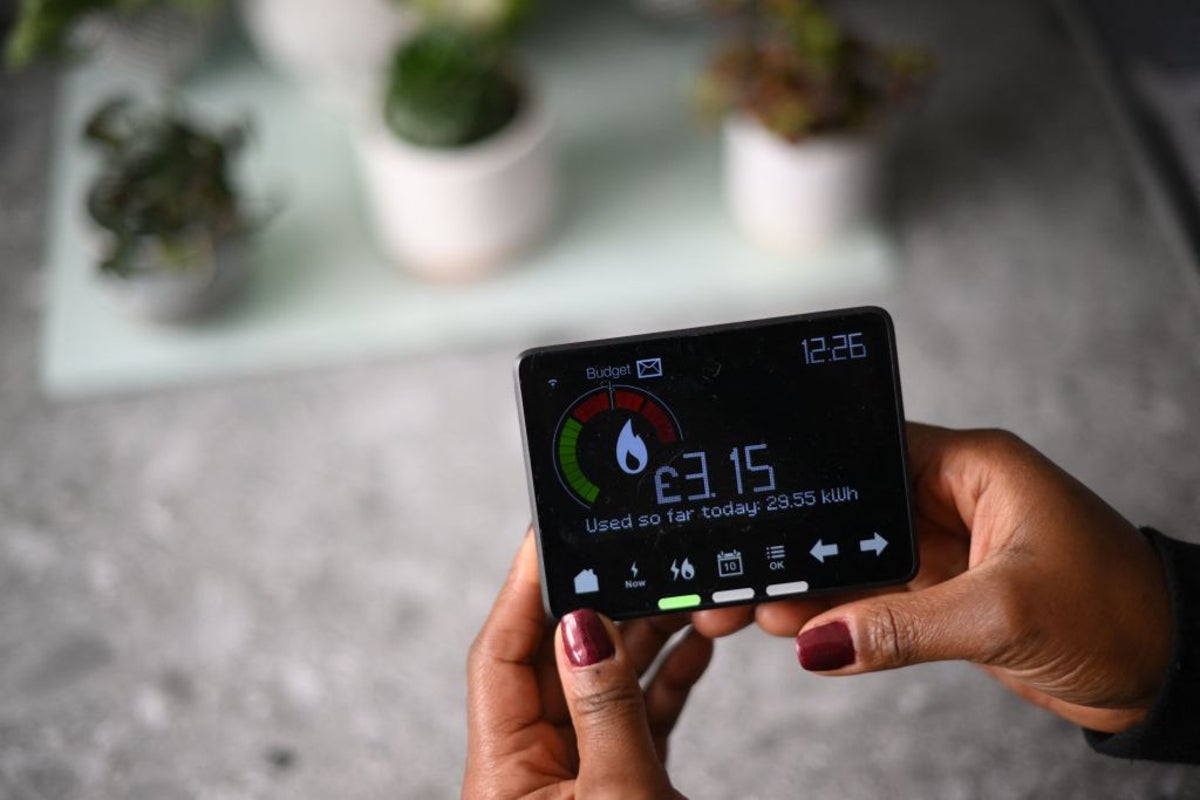Energy bills for UK households are set to rise by £35 from October, Ofgem has confirmed, despite previous predictions that prices would fall.
The regulator confirmed the 2 per cent rise in bills on Wednesday morning, meaning the average annual bill will rise from £1,720 to £1,755.
Bills had previously been forecast to fall in October by a similar amount.
At the last announcement in July, bills fell by around seven per cent from the previous cap set for April to June of this year, with lowered wholesale energy prices and supplier costs contributing to the change.
Part of the rise this time around can be explained by the expansion of the Warm Home Discount scheme for vulnerable households, which is expected to add around £15 to a typical bill, while also giving £150 in support to 2.7m extra people.
However, wholesale prices for electricity and gas remain volatile as a result of global political instability and uncertainty over US trade policy.
“While there is still more to do, we are seeing signs of a healthier market,” said Ofgem director general Tim Jarvis. “There are more people on fixed tariffs saving themselves money, switching is rising as options for consumers increase, and we’ve seen increases in customer satisfaction, alongside a reduction in complaints.
“While today’s change is below inflation, we know customers might not be feeling it in their pockets. There are things you can do though – consider a fixed tariff as this could save more than £200 against the new cap. Paying by direct debit or smart pay as you go could also save you money.”
Experts Cornwall Insight predict a small drop in energy bills for January 2026, but that will remain dependent on the above factors as well as weather and domestic matters, potentially including the autumn Budget.
The energy price cap peaked in early 2023 at £4,279 after surging in 2022 as a result of post-Covid energy demand surges, tight gas supply and the war in Ukraine. It had dropped back to £2,074 by mid-to-late 2023, remaining between £1,568 and £1,928 across last year and this.
Get a free fractional share worth up to £100.
Capital at risk.
Terms and conditions apply.
Go to website
ADVERTISEMENT
Get a free fractional share worth up to £100.
Capital at risk.
Terms and conditions apply.
Go to website
ADVERTISEMENT
“In the longer term, we will continue to see fluctuations in our energy prices until we are insulated from volatile international gas markets. That’s why we continue to work with government and the sector to diversify our energy mix to reduce the reliance on markets we do not control,” added Mr Jarvis.
Ofgem announces changes to the price cap for UK households every three months. The next change will be announced on 25 November, which will cover prices from the start of 2026 through to the end of March.
As a reminder, the price cap sets a maximum price that energy suppliers can charge households in England, Scotland and Wales for each kilowatt hour (kWh) of energy used. It is not a limit to each household’s bills – users pay for the amount of energy they consume.
The price cap applies to those paying bills as they receive them, by direct debit or on prepayment or E7 meters. Actual rates can vary depending on how bills are paid, region of the country and the type of meter.

